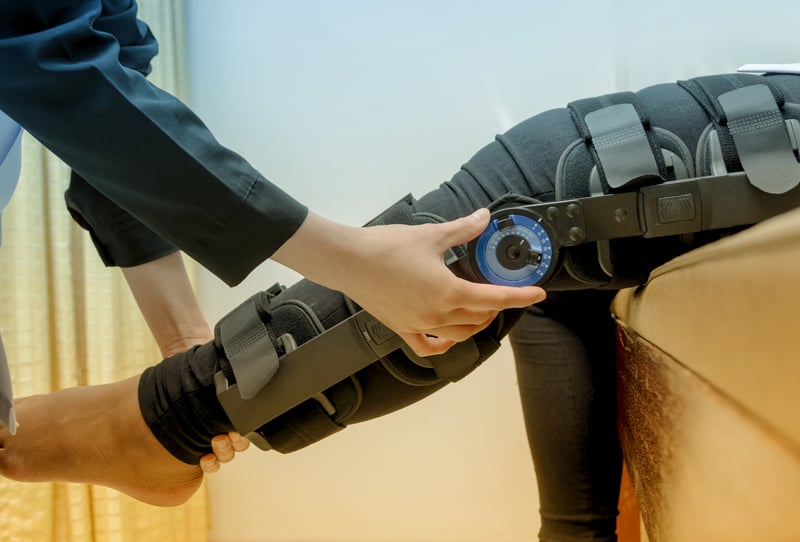
Two of the last three posts have dealt with an objective assessment for early return to play through static stability as well as more dynamic evaluations for the impact found in all sports. Today we’re going to discuss how those same principles and procedures can apply to lower body injuries, and the specific monitoring we use to evaluate those athletes. Notice the absence of the word “test” because the real power of any intervention is frequency, how often we can guide and realign direction to ensure the most efficient solutions.
When designing the assessments, we wanted to get at the root of why the athlete sustained the injury in the first place. Ligaments and other connective tissues rupture and tear because of a lack of stability. An injury occurs when the athlete is unable to stabilize the movements of their bones, and the connective tissues cannot bear the increased load. So we wanted the scan to be an objective evaluation of the athletes’ ability to stabilize. In addition, the scan needed to be performed unilaterally so injured limbs could be compared to non-injured limbs. The scan is a simple single leg knee-up-hold performed for 30 seconds on the force plate.
Again, we used a closed chain movement to eliminate impact (some of the athletes performing the scan are only 1 week out from ACL surgery), remove subjectivity and make the scan more valid. The force plate measures your lower body stability and injury status through sway velocity; the average speed of the change of the center of pressure, which is calculated by dividing the total length of the trajectory (in millimeters) of the center of pressure by the recording period length (in seconds-so 30). The smaller the center of pressure (and therefore sway velocity), the more stable the lower body. Athletes perform the scan with their eyes closed to allow for a better assessment of balance for Return to Play evaluations. In addition, some research papers have found elite athletes exhibit greater reliability of the scan and variables when the athletes’ eyes are closed, as well as when they are fatigued. So this eyes closed method likely provides a more challenging environment for the athlete, especially when frequency is the key to any assessment.
We recently used the lower body Sway Scan to rehab a female collegiate soccer player from ACL surgery. Her Sway Scan showed that she was missing anterior to posterior stability, diagnosed by comparing her injured leg’s center of pressure velocity to her healthy leg, as well as comparing each leg to the female athlete normative values. Her injured leg’s sway velocity was higher than her healthy leg creating a need for intervention, but also both extremities were below the athlete average so there was an additional risk of just general instability.
Retrospectively, we have been able to correlate this stability shortcoming to her jump scan’s lack of strength (DRIVE). To increase her specific strength needs, we prescribed elevated split squats which increased her DRIVE. We also performed manual therapy (using the Graston technique) to help reduce the residual scar tissue and adhesions common from the patella graft.
The athlete is healthy for the first time in 3 years, playing her sport, which is the ultimate “test.”